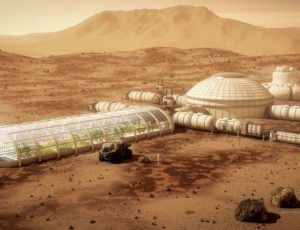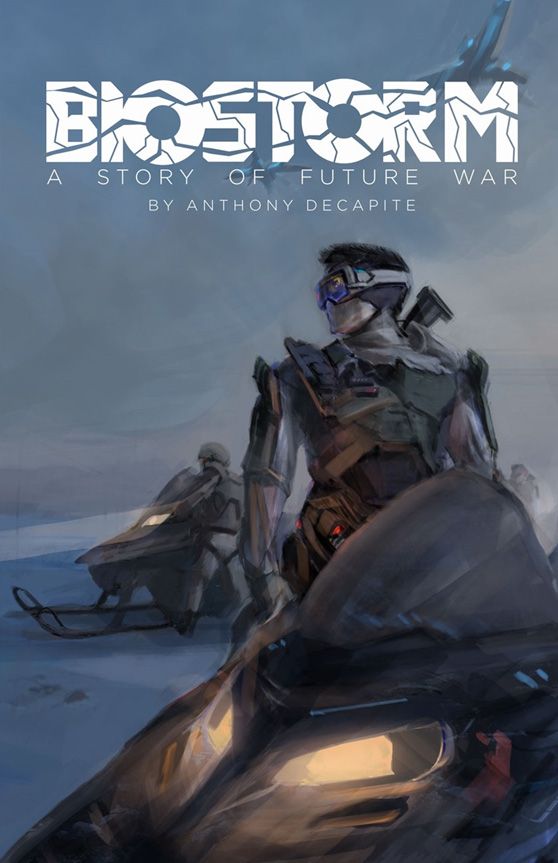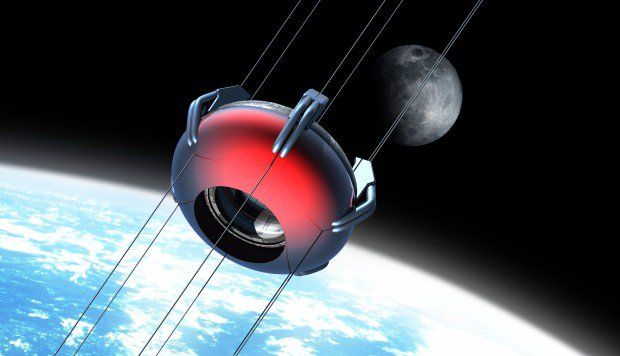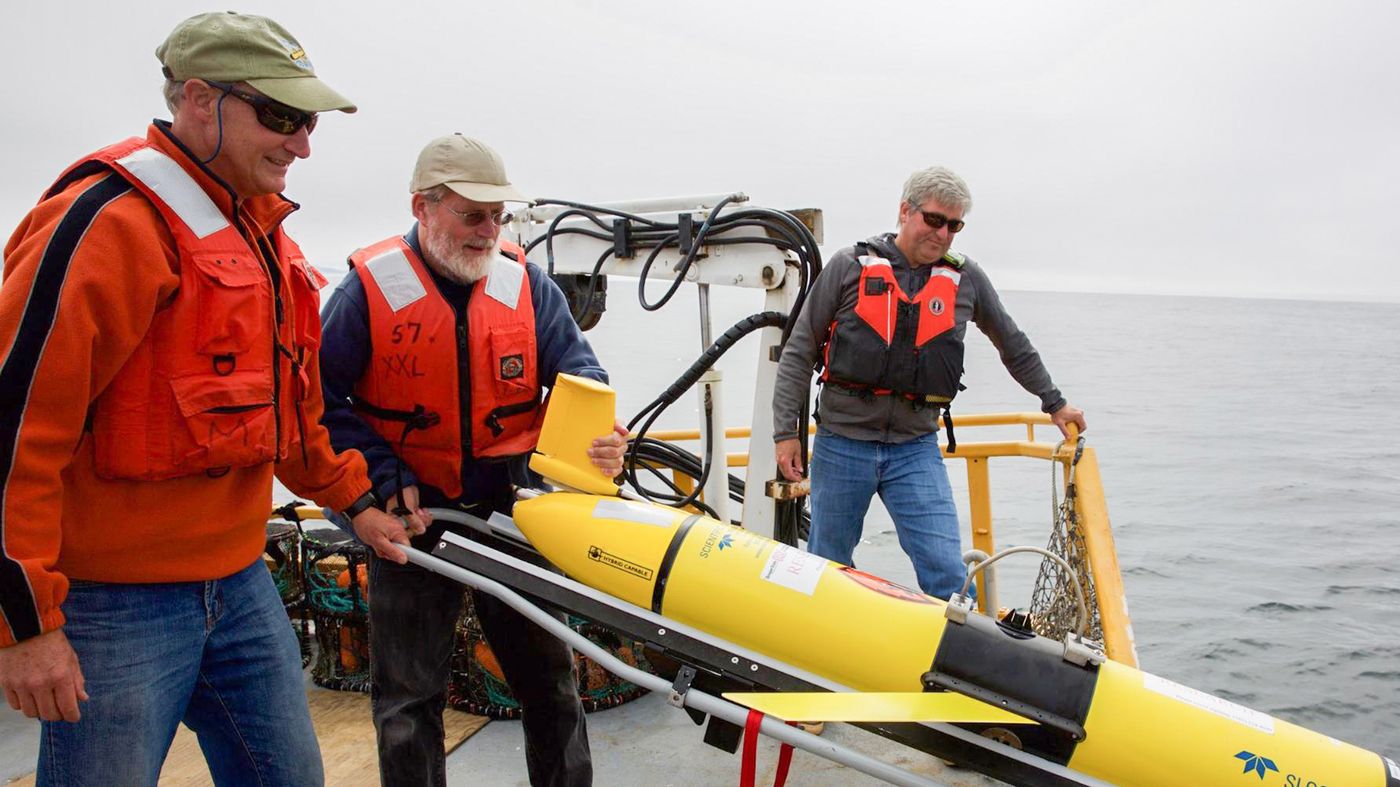Page 8523
Oct 28, 2018
Biostorm: A Story of Future War
Posted by Klaus Baldauf in categories: futurism, military
This article is the latest addition to the U.S. Army TRADOC G2 Mad Scientist Initiative’s Future of Warfare 2030–2050 project at Small Wars Journal. Based on ideas developed in the SciTech Futures Technology Foresight Game: Bioconvergence and the Soldier of 2050, which was conducted by the University of Southern California’s Institute for Creative Technologies. Supported by the SciTech Futures Technology Effort under the office of the Deputy Assistant Secretary of the Army (Research & Technology). The views and opinions of authors expressed herein do not necessarily state or reflect official views or policies of the United States Army.
THE YEAR IS 2042…
The US and its remaining NATO allies are engaged in a limited war with the Mektigfolk, an ultra-nationalist techno-state that emerged from northern Europe during the reactionary upheavals that swept the continent in 2026.
Oct 28, 2018
China has strongest fibre that can haul 160 elephants – and a space elevator?
Posted by Klaus Baldauf in categories: military, nanotechnology
Scientists say just 1 cubic centimetre of the carbon nanotube material won’t break under the weight of more than 800 tonnesTsinghua University researchers are trying to get the fibre into mass production for use in military or other areas.
Oct 28, 2018
Mars Colony Prize — Design the First Human Settlement on Mars
Posted by Klaus Baldauf in categories: 3D printing, economics, food, robotics/AI, space travel
The Mars Society is holding a special contest called The Mars Colony Prize for designing the best plan for a Mars colony of 1000 people. There will be a prize of $10,000 for first place, $5,000 for second and $2500 for third. In addition, the best 20 papers will be published in a book — “Mars Colonies: Plans for Settling the Red Planet.”
The Mars colony should be self-supporting to the maximum extent possible – i.e. relying on a minimum mass of imports from Earth. In  order to make all the things that people need on Earth takes a lot more than 1000 people, so you will need to augment both the amount and diversity of available labor power through the use of robots and artificial intelligence. You will need to be able to both produce essential bulk materials like food, fabrics, steel, glass, and plastics on Mars, and fabricate them into useful structures, so 3D printing and other advanced fabrication technologies will be essential. The goal is to have the colony be able to produce all the food, clothing, shelter, power, common consumer products, vehicles, and machines for 1000 people, with only the minimum number of key components, such as advanced electronics needing to be imported from Earth.
order to make all the things that people need on Earth takes a lot more than 1000 people, so you will need to augment both the amount and diversity of available labor power through the use of robots and artificial intelligence. You will need to be able to both produce essential bulk materials like food, fabrics, steel, glass, and plastics on Mars, and fabricate them into useful structures, so 3D printing and other advanced fabrication technologies will be essential. The goal is to have the colony be able to produce all the food, clothing, shelter, power, common consumer products, vehicles, and machines for 1000 people, with only the minimum number of key components, such as advanced electronics needing to be imported from Earth.
As noted, imports will always be necessary, so you will need to think of useful exports – of either material or intellectual products that the colony could produce and transport or transit back to Earth to pay for them. In the future, it can be expected that the cost of shipping goods from Earth to Mars will be $500/kg and the cost of shipping goods from Mars to Earth will be $200/kg. Under these assumptions, your job is to design an economy, cost it out, and show that after a certain initial investment in time and money, that it can become successful.
Continue reading “Mars Colony Prize — Design the First Human Settlement on Mars” »
Oct 28, 2018
A Huge Achievement in Math Shows the Limits of Symmetries
Posted by Genevieve Klien in category: mathematics
In a major mathematical achievement, a small team of researchers has proven Zimmer’s conjecture.
Oct 28, 2018
If atoms are mostly empty space, why is matter not transparent?
Posted by Genevieve Klien in category: particle physics
Sure there’s lots of empty space within atoms, but that doesn’t mean there’s nothing there to see.
Oct 28, 2018
Young scientists develop enviro-friendly bricks made out of urine
Posted by Genevieve Klien in categories: climatology, sustainability
Oct 28, 2018
Coastal Pacific Oxygen Levels Now Plummet Once A Year
Posted by Genevieve Klien in category: futurism
Scientists credit the crab and oyster industries with noticing a change in oxygen levels in coastal Pacific waters.
Oct 28, 2018
There Are More Tiger Types Than We Thought, New Genetic Analysis Reveals
Posted by Genevieve Klien in categories: biotech/medical, genetics
Tigers seem pretty straightforward: stripes, sharp claws, awe-inspiring grace wielded by hundreds of pounds of rippling muscle, fondness of sugary cereal, etc. But new research on the big cats’ DNA is the latest indication that underneath that striking orange and black pelage, not all tigers are the same. Scientists are now reporting that tigers are broken up into six distinct subspecies spread out across Asia.
In endangered species like tigers, pegging down the exact number of subspecies can be pretty important for conservation purposes. Being mindful of how the species is naturally divided up in the wild—and how populations may be evolving independently of one another—can allow conservationists to more effectively manage populations as cohesive units. Global tiger conservation has struggled with this since there’s been plenty of disagreement on how many subspecies even exist.


















